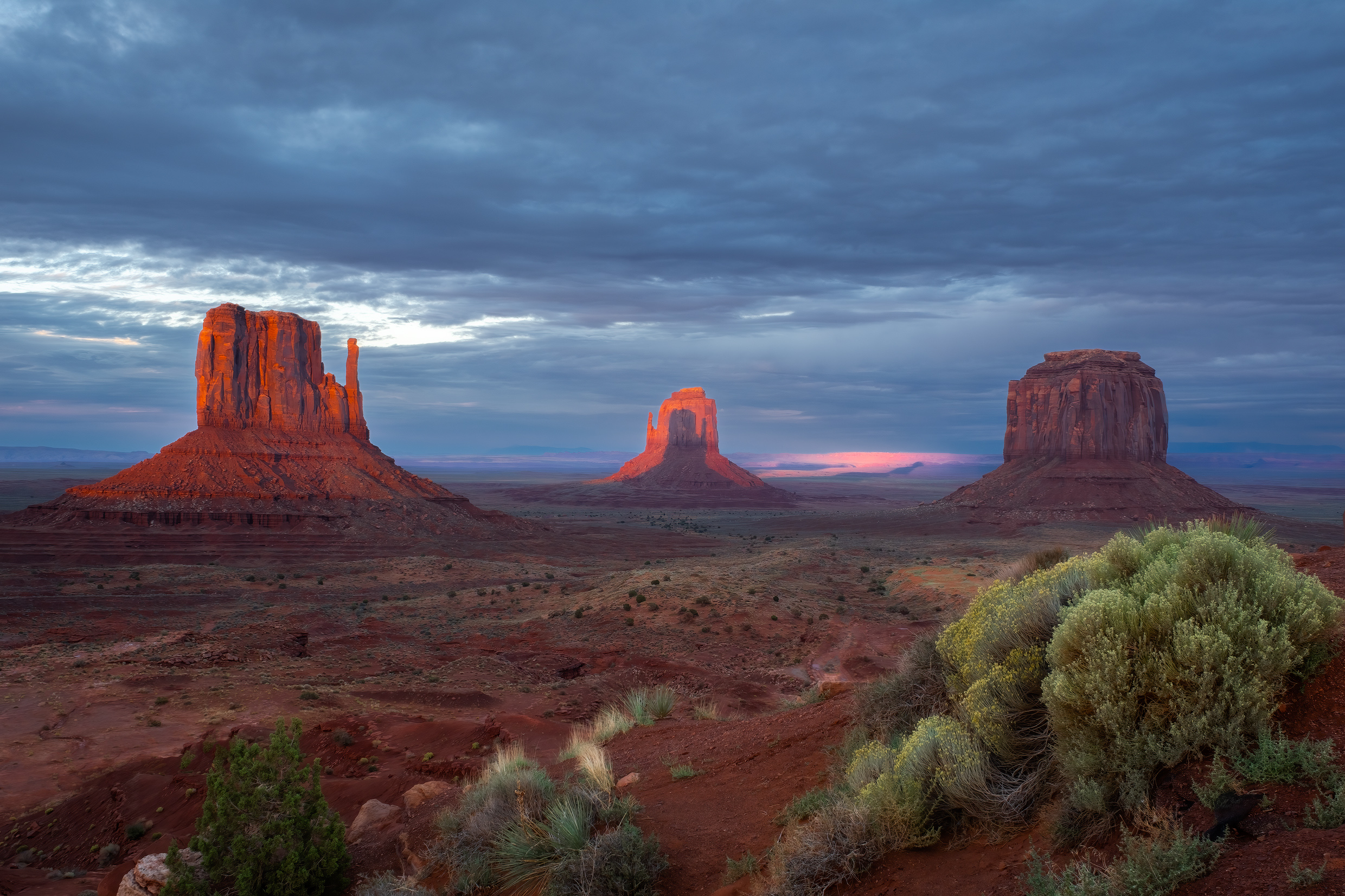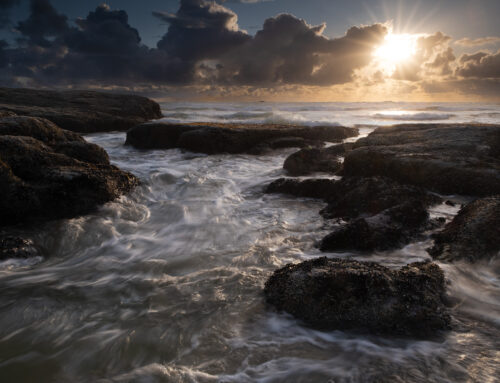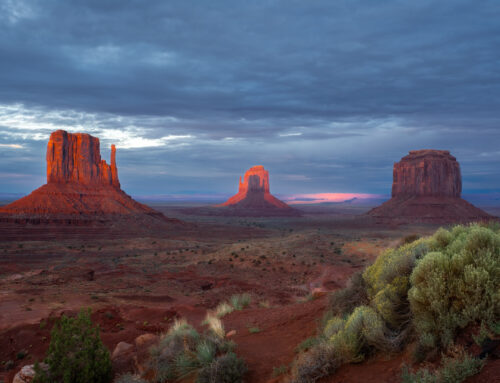Do you ever strive to create an emotional connection with your images to a viewer? Are you successful at it when (if) you do try? In this post I wanted to share a few thoughts about what I think it takes to create a better, more connective photograph.
It’s true that we shouldn’t take photographs for other people, we should shoot for ourselves and what makes us happy. Totally agree. I also know that there is not one photographer who doesn’t show their photographs to another soul. Showing our photographs, even if it is just to our partners or friends, is something we all do. I’ll even go so far to say that my “future self” is also a viewer of my photographs…once the emotional stimulus of the photo shoot has long worn off and the memory has rounded off rough edges of the experience, it’s almost as if I’m a new viewer if enough time has passed. Regardless of who you show your images to, or which social platform you post to, wouldn’t you like to create an emotional connection between your photo and the viewer? Somehow touch their lives, make their day a bit brighter, or simply stop the scroll and have them look at your image for longer than 2 seconds. If so, read on for some thoughts on creating that emotional connection when composing and processing your photographs.
Subject
Firstly, and most importantly, the subject matter is the primary driver of the “mood” of a photograph and by tapping in to what the subject is “saying”, you can create a composition around this that may be more emotionally weighted than not. Subjects that are energetic or vibrant or positive of course lend themselves to a “happy” photograph. While subjects that are quiet, sedate, minimalistic, or sad will give off a quieter energy that you can use in your photo. Reading the subject and knowing what it is saying so you can craft the rest of the image around this is the foundational step to creating an emotional connection.
Compositional Elements
Do the rest of the compositional elements in the scene support the energy of the main subject? Is there anything incongruous? If so, the emotional message of the subject may be diluted or lost if these other elements are included. As an extreme example, there is a bright happy field of flowers and then a decaying squirrel in the foreground. You want to make a happy shot, but the sad reality of nature overwhelms the message you are wanting to convey. In a less gruesome example, you might want to create a quiet peaceful image along the surf at the ocean but you end up with lots of energetic water motion from the waves. This is incongruous to your desire for quiet and peaceful. So find a different part of the beach or wait until the waves die down for a more peaceful overall feeling from all the elements in the scene.
Color
Of course color has a HUGE impact on our emotional state. Colors subconsciously impart feelings, importance or other cues to us. There is a whole body of knowledge around color theory and how it is perceived by humans. This article is a brief introduction to the subject and as photographers I feel it’s critical for us to understand how colors are perceived in order for us to create a more connective image. Just like in the above point talking about incongruity, if the color story is incongruous with your intent in the composition, then it won’t work as well. A quiet subject with vibrant colors or an energetic happy subject with muted/sad colors just doesn’t work that well. Remember, we don’t consciously think about color and perceptions, it all happens subconsciously, yet it is a measurable understandable phenomenon that we as artists can use to our advantage.

Shape/Flow
Shapes of objects can trigger an emotional reaction in people and just like color, has been studied by scientists and social engineers for decades. Knowing a little bit of how different shapes react with people can help, or hinder, the symbiotic relationship of all of the compositional elements and the intent for your photograph. Here are some of the most common shapes and their emotional equivalents.
- Circle – Unity, harmony, safety and protection
- Square – Stability, balance, security and reliability
- Triangle – Energy, excitement and action
- Rectangle – Comfort, tradition and formality
- Oval – Softness, femininity and luxury
Many of us shoot the landscape and the shapes are more natural and don’t perfectly align to these shapes, but you’d be surprised how much we can find representations of these shapes in the natural world. From oval beach stones and triangle sea stacks to circular water droplets, a perceived square with elements in all 4 corners of the frame, etc. These shapes are all over the natural world and being aware of the emotions tied to the shapes can help you craft an image with more emotional connection possibility.

The repeating oval shaped rocks have a softness and quietness to them that work well with the direction of the wood, (upper left to lower right)
Flow/Angles
We know that the direction or flow in visual information can have an impact on our emotions. Flow that travels from upper left to lower right is generally “quieter, sad, mellow” than a flow that travels from lower left to upper right which is considered happy, energizing, etc. Observing the flow or direction of angles in your photograph will inform you to possible perceptions that a viewer might have and how it may “fit” with the intent of your image.

Balance
The balance of an image (or lack thereof) can influence a persons emotional response to an image. Balanced images feel calm, secure, stable and relaxing where unbalanced images introduce tension, perhaps anxiety, unsettledness, etc. Knowing how the visual balance impacts viewers can be used as a tool to support your photographic intention or story, or if not acknowledged, can be an incongruous feeling in the image. For example, if you are wanting to create a calm pleasant image, but it is unbalanced and thus introducing tension and unsettledness, well, those are not in harmony and that tension may override the calmness you are trying to capture in the shot. Be aware of visual balance in your composition and if you are going to shoot an unbalanced shot, be very overt about it so it is intentional to the viewer.

Knowing about all of the “emotional triggers” that you can use will help you when crafting an intentional composition and trying to create an emotionally compelling photograph. Having all of the elements in harmony with one another and in support of your intent for the photograph creates a better photograph and one that stands a greater chance of having an emotional connection with your viewer.
I’m curious about your thoughts on emotions in photographs and how you go about trying to achieve it. Please leave me a comment below with some of your thoughts.





Leave A Comment